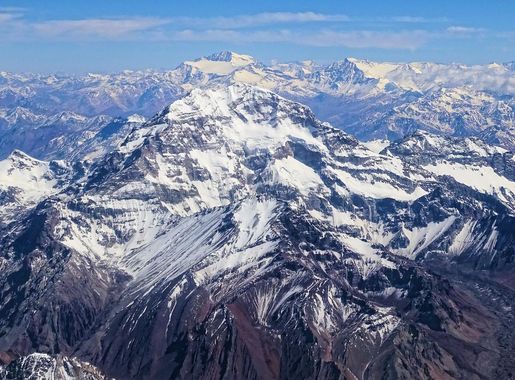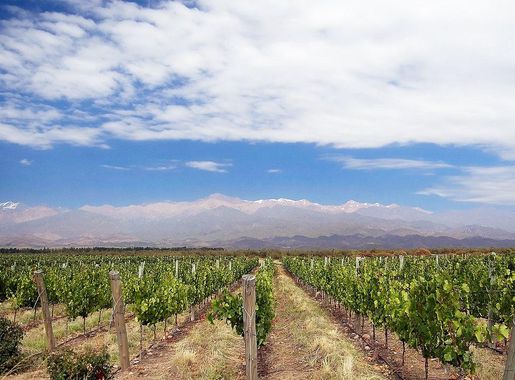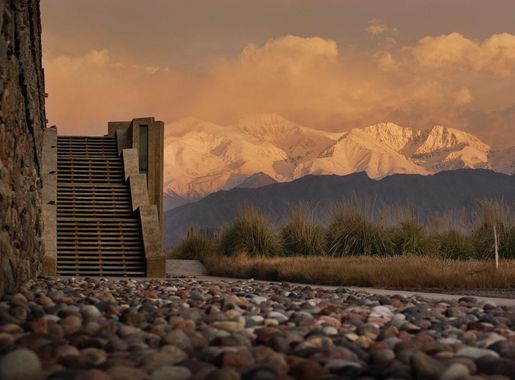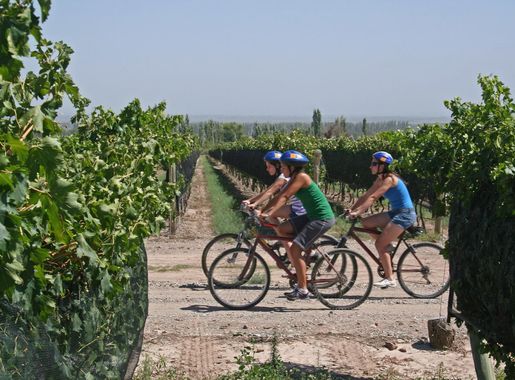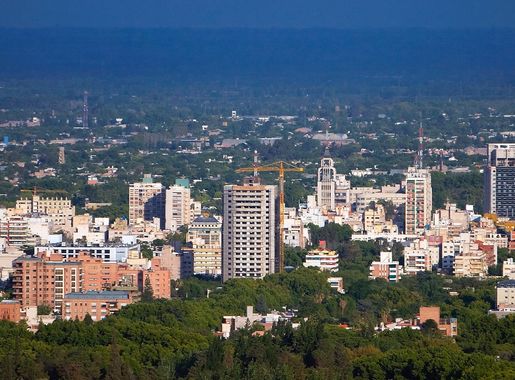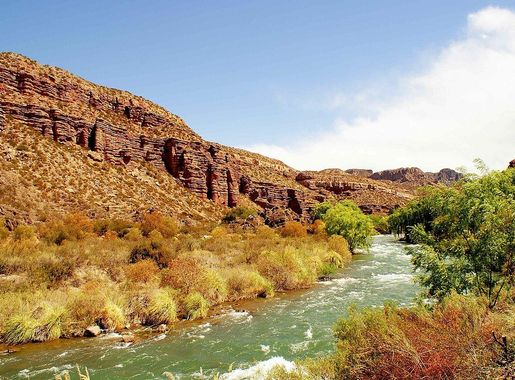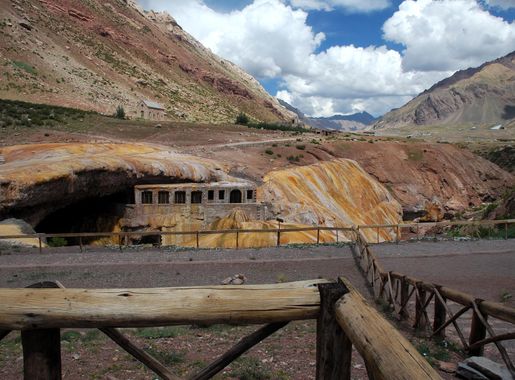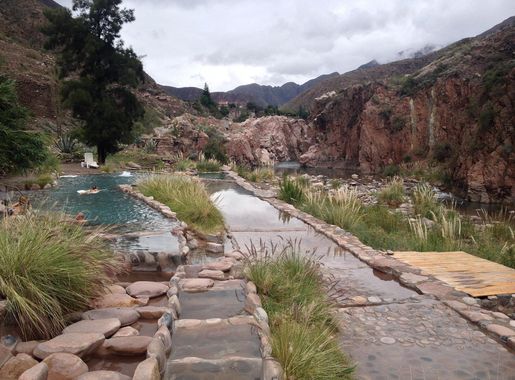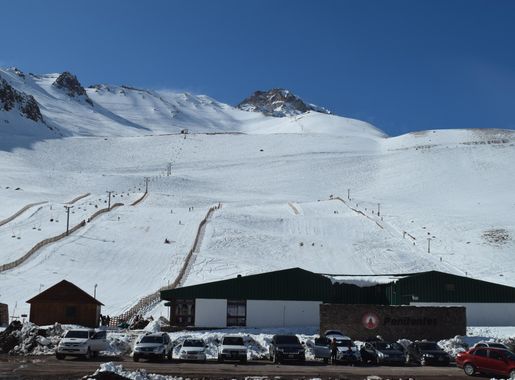
The Vineyards of Mendoza: Argentina's Wine Wonderland
Discover Mendoza Wine Region: Argentina's renowned wine paradise with world-class Malbec, scenic vineyards, and thrilling outdoor adventures in the Andes.
Mendoza, located in the foothills of the Andes, is Argentina's premier wine region and a paradise for wine lovers. Known for its world-class Malbec, Mendoza's wine country is a sprawling landscape of lush vineyards, stunning mountain views, and charming wineries. The region's unique climate, with sunny days and cool nights, creates the perfect conditions for producing some of the finest wines in the world. Visitors to Mendoza can explore the region's many vineyards and wineries, each offering unique tours and tastings. From large, renowned producers to small, family-owned estates, the diversity of experiences ensures that there is something for everyone. Many wineries also offer gourmet dining options, where you can enjoy exquisite meals paired with their finest wines, all while taking in the breathtaking scenery. Beyond wine, Mendoza offers a variety of outdoor activities for adventure seekers. The nearby Andes mountains provide opportunities for hiking, horseback riding, and even white-water rafting. The region's natural beauty and relaxed atmosphere make it an ideal destination for those looking to unwind and immerse themselves in the best that Argentina has to offer.
Local tips in Mendoza Wine Region
- Visit during the harvest season in March for the best experience, including the annual wine festival.
- Book winery tours in advance, especially for popular vineyards.
- Rent a bike to explore the vineyards at your own pace.
- Try the local cuisine such as empanadas and asado at vineyard restaurants.
- Don't miss a visit to the Uco Valley, known for its high-altitude vineyards.
The Vineyards of Mendoza: Argentina's Wine Wonderland
Mendoza, located in the foothills of the Andes, is Argentina's premier wine region and a paradise for wine lovers. Known for its world-class Malbec, Mendoza's wine country is a sprawling landscape of lush vineyards, stunning mountain views, and charming wineries. The region's unique climate, with sunny days and cool nights, creates the perfect conditions for producing some of the finest wines in the world. Visitors to Mendoza can explore the region's many vineyards and wineries, each offering unique tours and tastings. From large, renowned producers to small, family-owned estates, the diversity of experiences ensures that there is something for everyone. Many wineries also offer gourmet dining options, where you can enjoy exquisite meals paired with their finest wines, all while taking in the breathtaking scenery. Beyond wine, Mendoza offers a variety of outdoor activities for adventure seekers. The nearby Andes mountains provide opportunities for hiking, horseback riding, and even white-water rafting. The region's natural beauty and relaxed atmosphere make it an ideal destination for those looking to unwind and immerse themselves in the best that Argentina has to offer.
When is the best time to go to Mendoza Wine Region?
Iconic landmarks you can’t miss
Park Hyatt Mendoza
Experience the luxury of Park Hyatt Mendoza, a premier hotel combining modern comforts with the rich culture of Argentina's stunning wine region.
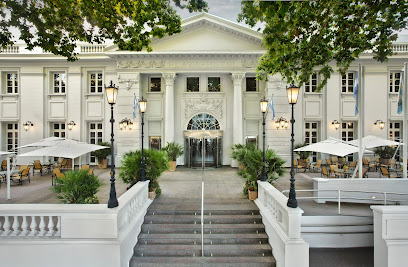
Bodega Tierras Altas
Experience the charm of Mendoza at Bodega Tierras Altas, where exquisite wines meet stunning vineyard landscapes and delightful dining.
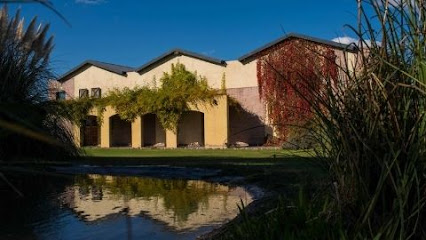
Bodega La Rural - Museo del Vino San Felipe
Explore the rich history of Argentinian wine at Bodega La Rural - Museo del Vino, where tradition meets exquisite taste in Mendoza's beautiful landscape.

Wine and Ride
Explore Mendoza's stunning vineyards on two wheels with Wine and Ride, your ultimate bicycle rental service for an unforgettable wine country adventure.

Lamadrid Estate Wines
Experience the rich flavors of Mendoza at Lamadrid Estate Wines, where exquisite wines and breathtaking views await every visitor.
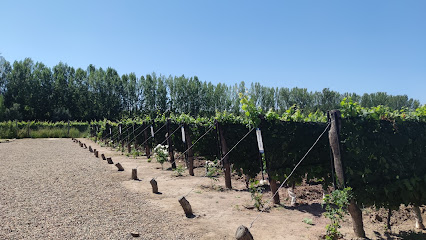
Bodega Ruca Malen
Experience the essence of Mendoza at Bodega Ruca Malen, where exceptional wines and stunning vineyard views create unforgettable moments.

Trout and Wine Tours
Discover Mendoza's finest wines and breathtaking landscapes with Trout and Wine Tours – your gateway to an unforgettable Argentine wine experience.
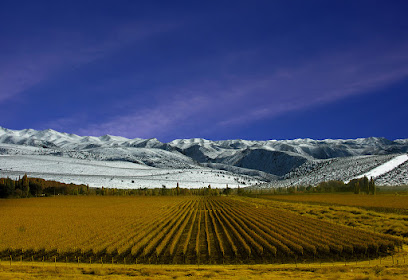
Mendoza Holidays Wine Tours
Discover the essence of Argentina's wine country with Mendoza Holidays Wine Tours, where the vineyards meet breathtaking landscapes.
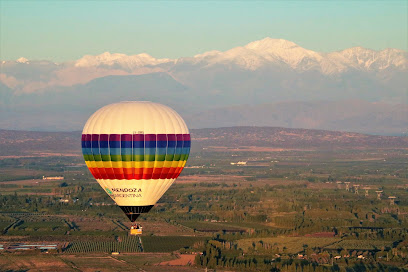
Mendel Wines
Discover the exquisite flavors of Mendoza at Mendel Wines, a premier winery offering unforgettable tastings and stunning vineyard views.
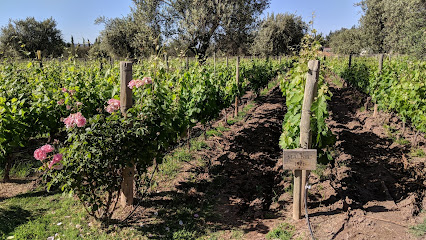
Mendoza Wine Camp
Explore the enchanting Mendoza region with Mendoza Wine Camp, where exceptional wines and breathtaking landscapes await every traveler.
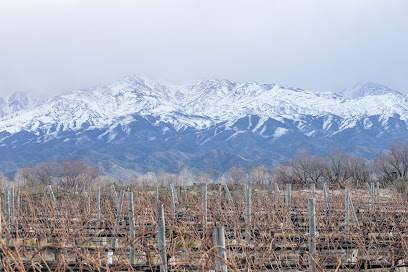
Argentina Wine Tours
Embark on an unforgettable journey through Argentina's stunning wine country with curated tours that celebrate the art of winemaking.
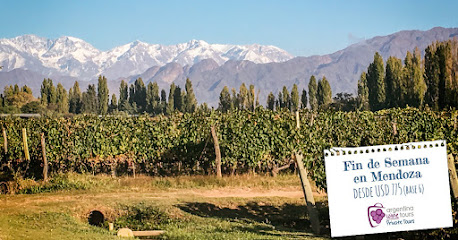
Mendoza Wine Experience
Explore Mendoza's exquisite wines and breathtaking vineyards with the Mendoza Wine Experience—your gateway to Argentina's viticultural treasures.
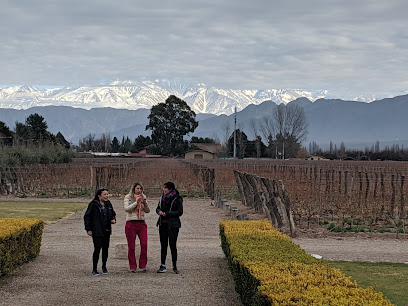
Uncorking Argentina Tours
Discover the heart of Mendoza's wine country with Uncorking Argentina Tours, where breathtaking landscapes and exquisite wines await your exploration.
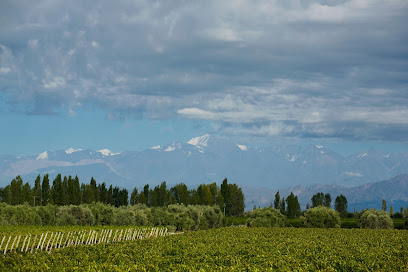
SAK Wine & Travel - Adventure and Wine tours in Mendoza
Explore Mendoza's stunning vineyards and savor exquisite wines with SAK Wine & Travel, your gateway to the heart of Argentina's wine country.
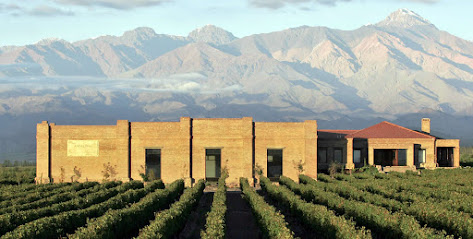
Doña Paula
Explore Doña Paula Winery in Mendoza for exceptional wines and breathtaking views of the Andes, a true Argentine experience awaits.

Unmissable attractions to see
Parque Central
Explore the beauty and charm of Parque Central, Mendoza's urban oasis, blending nature and culture in the heart of the city.
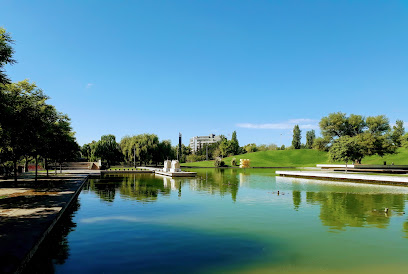
O'Higgins Park
Explore the lush landscapes and cultural treasures of O'Higgins Park in Mendoza, a perfect escape for nature lovers and cultural enthusiasts alike.

Plaza Chile
Discover the tranquility of Plaza Chile, a beautiful park in Mendoza, Argentina, perfect for relaxation, leisure, and cultural experiences amidst lush greenery.
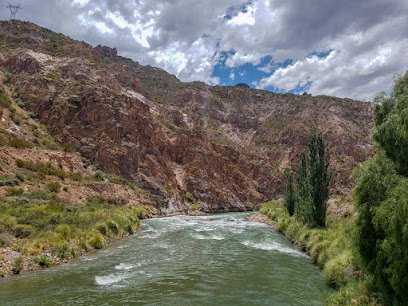
Museo de Ciencias Naturales y Antropológicas Juan Cornelio Moyano
Discover the fascinating natural history and rich cultural heritage of Argentina at the Museo de Ciencias Naturales y Antropológicas Juan Cornelio Moyano in Mendoza.
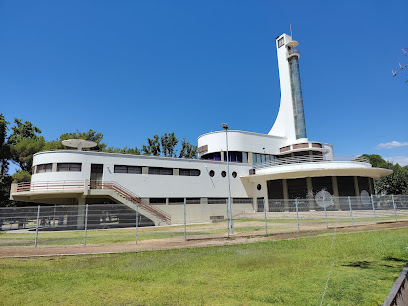
Museo del Área Fundacional
Explore Mendoza's history at the Museo del Área Fundacional, featuring captivating exhibits and archaeological treasures in a charming plaza setting.
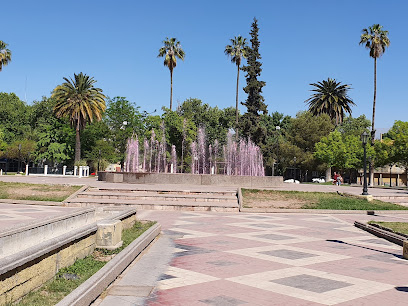
Parque Cívico
Explore the lush greenery and cultural richness of Parque Cívico in Mendoza, a perfect urban escape for relaxation and recreation.
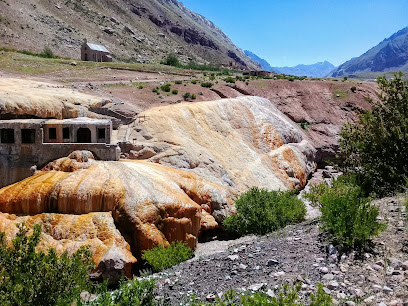
Prado Español - Parque Gral. San Martín
Discover the enchanting Prado Español - Parque Gral. San Martín, a lush escape in Mendoza with stunning landscapes and rich cultural heritage.
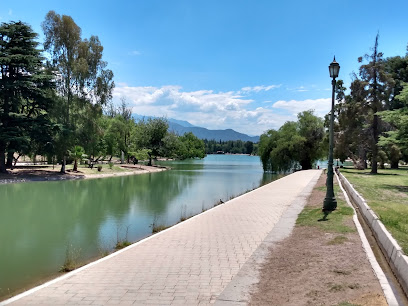
Cecchin Family Winery
Discover the rich heritage and exquisite wines of Cecchin Family Winery, a gem in Mendoza's vibrant wine country.
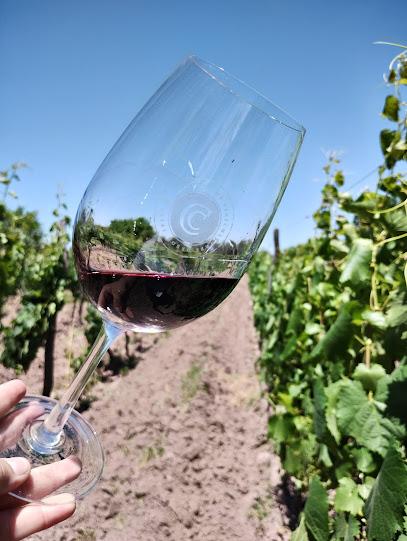
Ruinas Jesuíticas de San Francisco
Explore the captivating history of the Ruinas Jesuíticas de San Francisco, an essential landmark in Mendoza, Argentina, showcasing colonial Jesuit architecture and culture.
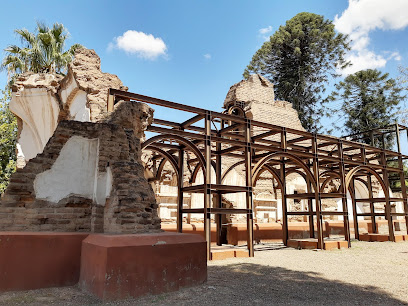
Lago del Parque Central
Discover the tranquility of Lago del Parque Central, a beautiful lake in Mendoza perfect for relaxation, picnics, and outdoor adventures.
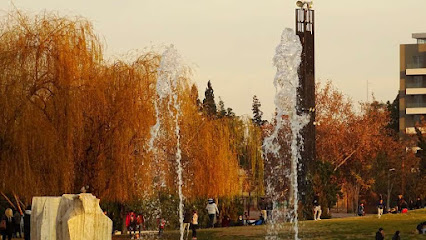
Monumento a la Bandera
Discover the Monumento a la Bandera in Mendoza, a stunning tribute to Argentina's national pride, rich history, and vibrant culture.
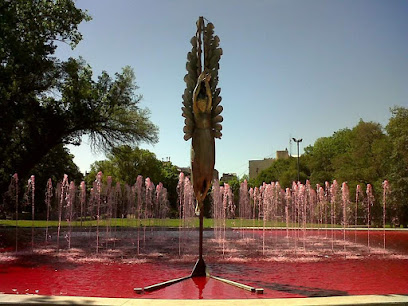
General San Martín Historic Museum
Explore the rich history of Argentina at the General San Martín Historic Museum, dedicated to the legacy of the nation's independence hero.
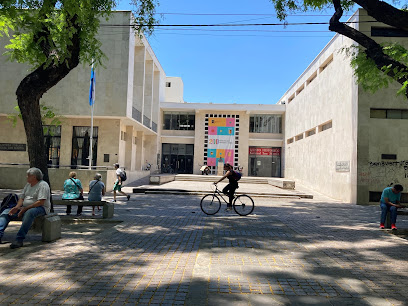
Lamadrid Estate Wines
Explore the scenic vineyards and taste exquisite wines at Lamadrid Estate Wines, a top winery in Mendoza, Argentina, offering unforgettable culinary experiences.

Bodega Piattelli Vineyards
Discover the beauty of Mendoza at Bodega Piattelli Vineyards, where exquisite wines meet breathtaking landscapes.
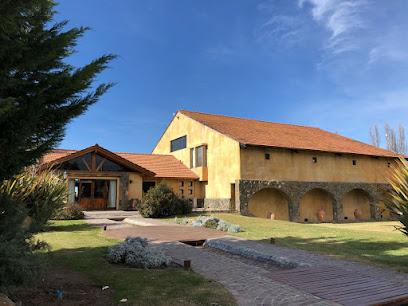
Paseo Alameda
Discover the beauty and culture of Mendoza at Paseo Alameda, a vibrant promenade perfect for leisurely strolls and local art experiences.
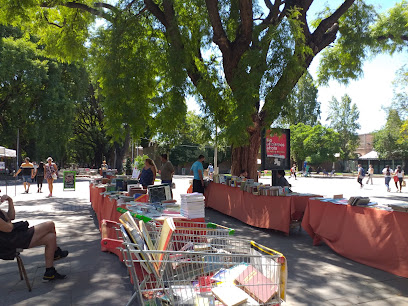
Essential places to dine
Fuente y Fonda
Discover authentic Argentinian flavors at Fuente y Fonda in Mendoza—where tradition meets taste in every dish.
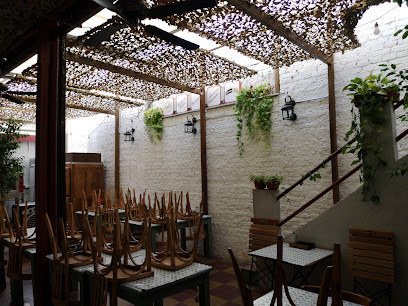
La Marchigiana Centro
Savor exquisite Italian and Argentinian dishes at La Marchigiana Centro in Mendoza – where every meal is a celebration of flavor.
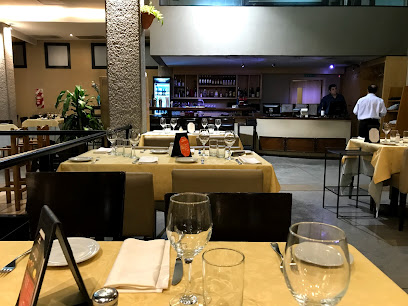
Anna Bistró
Experience authentic French cuisine at Anna Bistró in Mendoza - where culinary artistry meets Argentine hospitality.
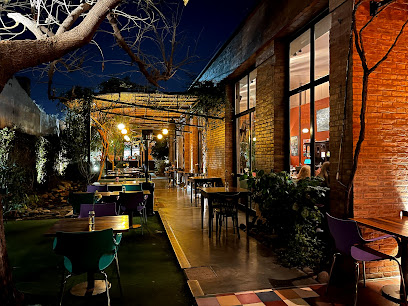
Estancia La Florencia
Experience authentic Argentinian flavors at Estancia La Florencia in Mendoza - where grilled meats meet exquisite wines.
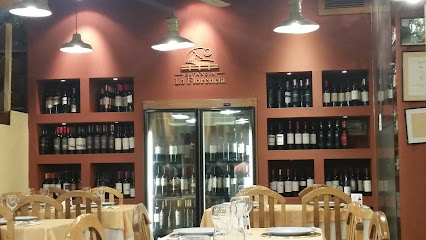
El Faro Bistro Mendoza
Experience Mendoza from above at El Faro Bistro, where exquisite cuisine meets breathtaking views in an unforgettable dining experience.
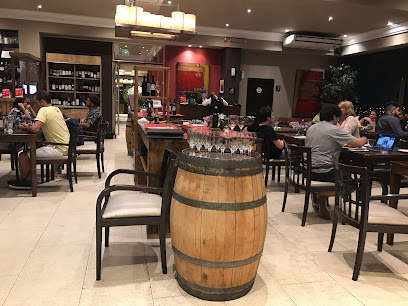
Casa Vigil (El Enemigo)
Experience exquisite Argentine cuisine paired with world-class wines at Casa Vigil in Mendoza's breathtaking vineyards.
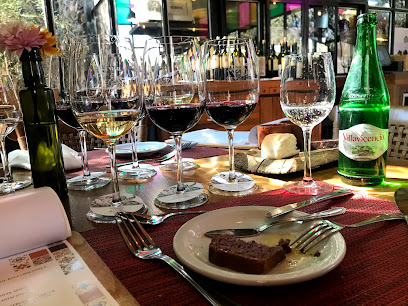
El Club de la Milanesa
Discover the flavors of Argentina at El Club de la Milanesa – where every bite tells a story.
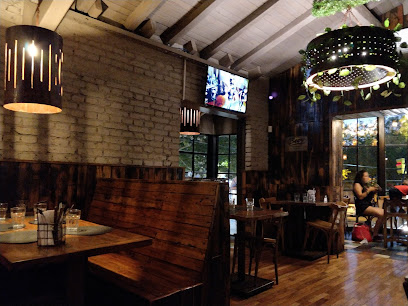
Magnolia Restó
Discover exquisite fine dining at Magnolia Restó in Mendoza – where local flavors meet an exceptional wine selection.
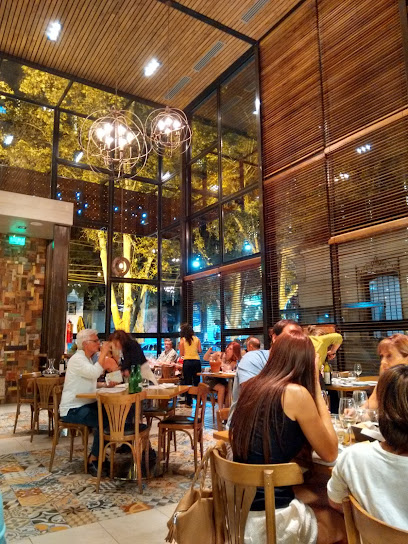
Montecatini Restaurante Mendoza
Discover the perfect blend of Italian and Argentinian cuisine at Montecatini Restaurante Mendoza – where every dish tells a story.
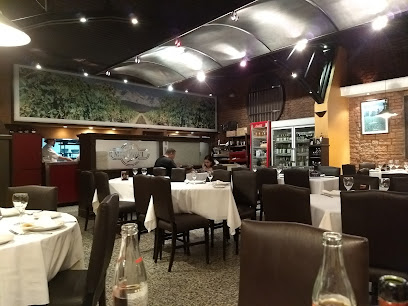
Estancia La Pasión
Experience authentic Argentinian cuisine at Estancia La Pasión in Mendoza, where every meal tells a story of tradition and flavor.
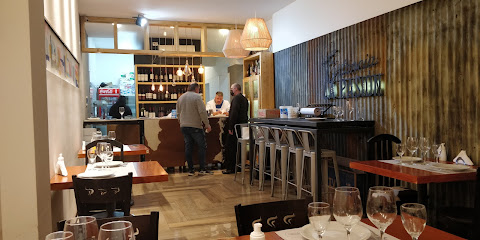
Francesco Ristorante
Indulge in authentic Italian cuisine at Francesco Ristorante in Mendoza - a culinary haven with exquisite flavors and a fine selection of local wines.
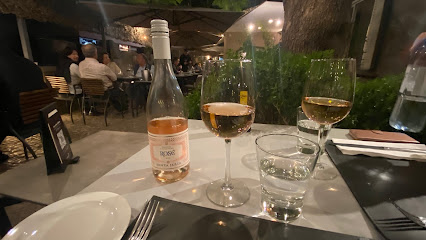
El Patio de Jesús María
Experience authentic Argentinian flavors at El Patio de Jesús María, where culinary traditions meet vibrant ambiance in the heart of Mendoza.
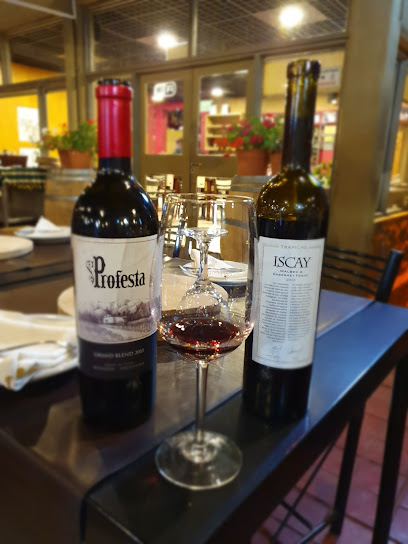
Bodega Los Toneles
Experience Mendoza's finest wines and authentic Argentinian cuisine at Bodega Los Toneles - A must-visit winery and restaurant.
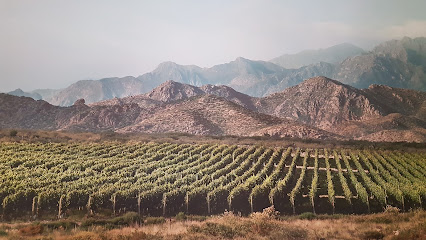
La Gloria Cantina Cool
Discover authentic Argentine cuisine at La Gloria Cantina in Chacras de Coria—where exceptional flavors meet warm hospitality.
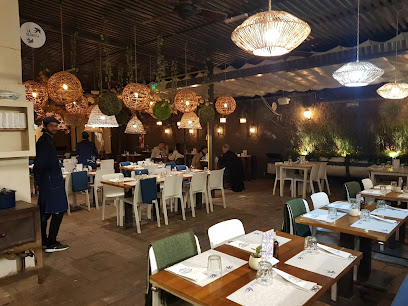
Azafran Restaurant
Experience the essence of Argentine cuisine at Azafran Restaurant in Mendoza - where every dish tells a story.
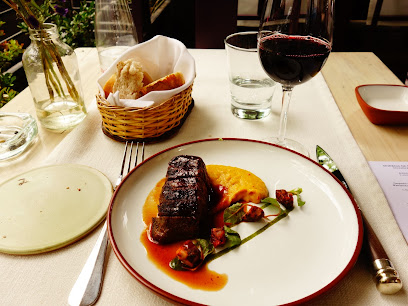
Markets, malls and hidden boutiques
Hiper Chango Más - Mendoza
Experience the vibrant shopping culture of Mendoza at Hiper Chango Más, your go-to hypermarket for local goods and essentials.
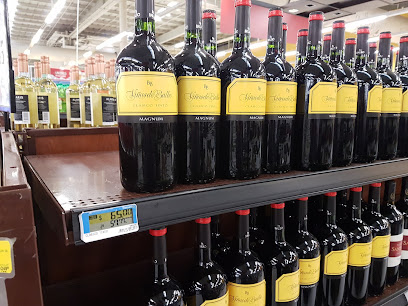
Carrefour Hipermercado-Mendoza,Argentina
Explore Carrefour Hipermercado in Mendoza for a unique shopping experience featuring local groceries and electronics in a vibrant atmosphere.
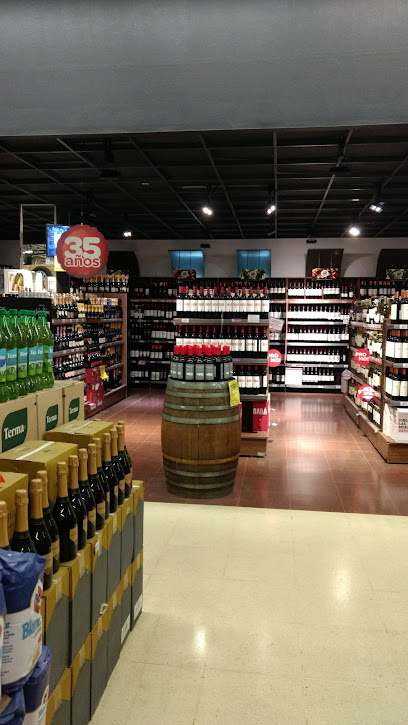
La Damajuana
Explore La Damajuana: Your gateway to Mendoza's finest wines and local delicacies in the heart of Argentina.
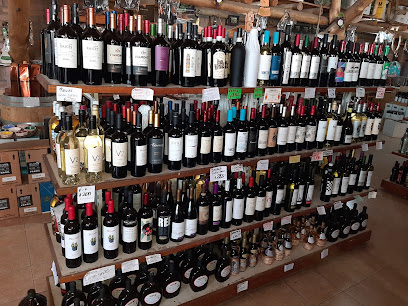
Vea
Explore Vea Supermarket in Mendoza for a delightful assortment of local and international products perfect for every traveler.

Sol y Vino Mendoza
Explore the finest Argentine wines and unique gifts at Sol y Vino Mendoza, your gateway to experiencing the best of Mendoza's wine culture.
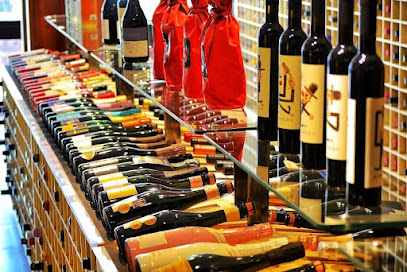
Carrefour Market
Discover the vibrant Carrefour Market in Mendoza, a hypermarket offering a unique blend of local and international products for all your shopping needs.
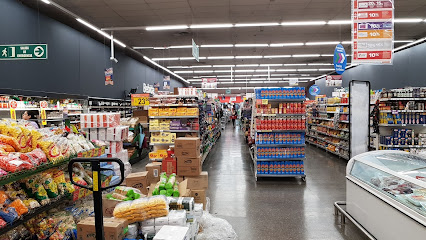
Bodega Kaiken
Experience the finest wines and gourmet dining at Bodega Kaiken, nestled in the breathtaking landscapes of Mendoza, Argentina.
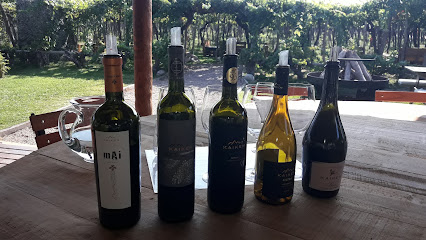
Terrazas de los Andes
Discover the exquisite wines and breathtaking views at Terrazas de los Andes, Mendoza's premier winery destination.
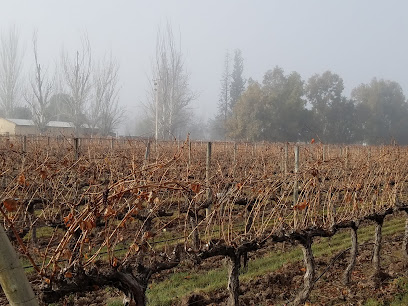
Las Viñas
Discover authentic Argentine souvenirs and fine wines at Las Viñas, Mendoza's charming store for unique local treasures.

Lamadrid Estate Wines
Experience the beauty and flavors of Mendoza at Lamadrid Estate Wines, where exquisite wines meet delightful culinary adventures in a breathtaking setting.
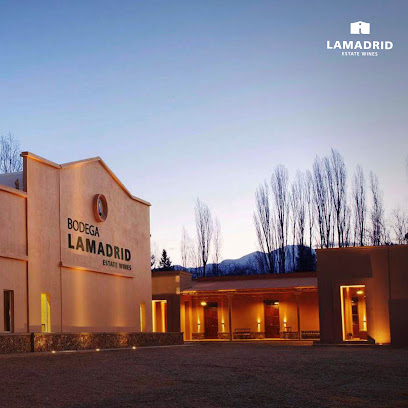
WINE UP Tienda De Vinos
Explore the finest selection of local and international wines at WINE UP Tienda De Vinos in Mendoza, Argentina - a must for every wine enthusiast.
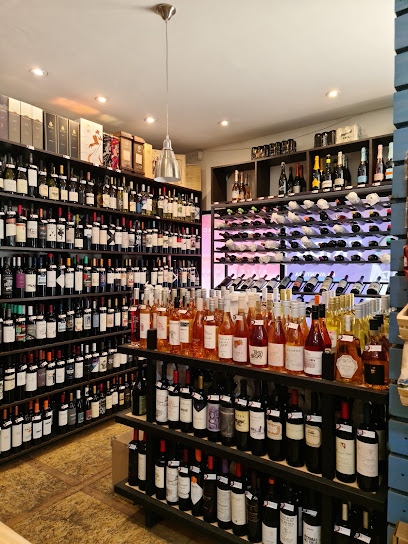
Vinoteca Peatonal Wines
Discover the finest local and international wines at Vinoteca Peatonal Wines, a top destination in Mendoza for wine enthusiasts and tourists alike.
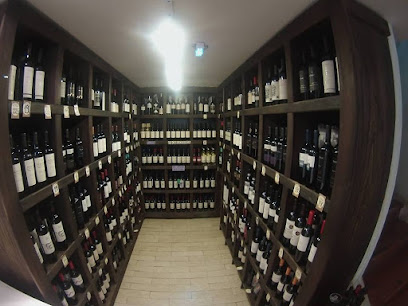
HOUSE WINE
Discover the essence of Mendoza at House Wine, where exquisite local wines and gourmet delicacies await every visitor.
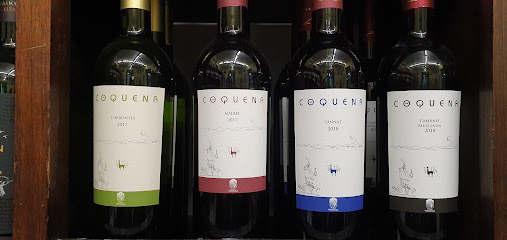
alpataco Wines & Leather
Experience the finest wines and handcrafted leather goods in Mendoza at Alpataco Wines & Leather, a perfect blend of tradition and quality.
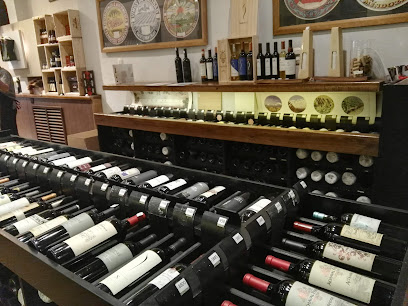
Bodega A16
Experience the beauty of Mendoza at Bodega A16, a premier winery offering exquisite wine tastings, stunning vineyard views, and local gastronomy.
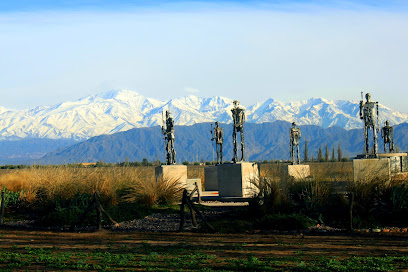
Essential bars & hidden hideouts
Chachingo Arístides
Discover the vibrant brewpub culture of Mendoza at Chachingo Arístides, where local craft beers and delicious Argentine cuisine await.
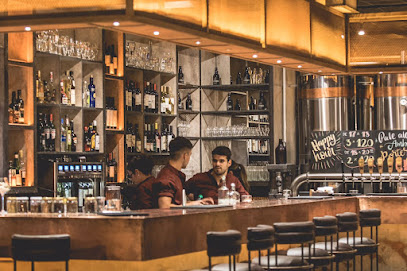
Antares Mendoza
Discover the vibrant flavors of craft beer and tapas at Antares Mendoza, a must-visit brewpub in the heart of Mendoza's cultural scene.
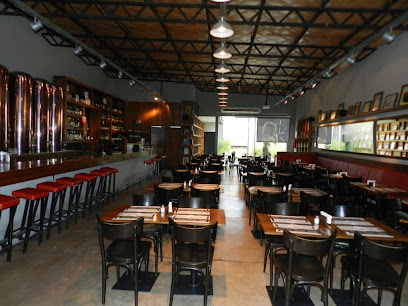
El Botellón - Bar Cultural
Discover the vibrant cultural scene at El Botellón, a unique bar blending art, music, and craft brews in the heart of Mendoza.
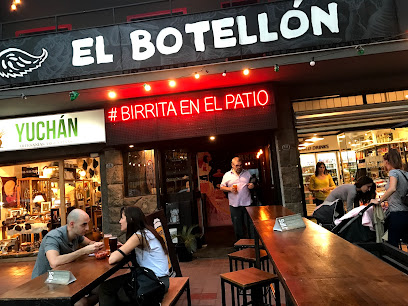
Believe Irish Pub
Discover the best of Irish culture at Believe Irish Pub, a lively spot in Mendoza with live music, delicious food, and an extensive drink selection.
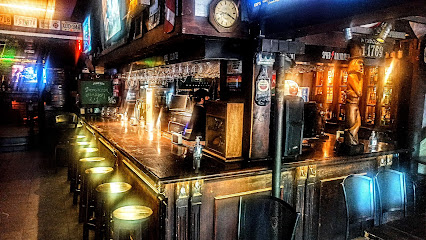
Barijho
Experience Mendoza's vibrant nightlife at Barijho, a lively bar offering a fantastic selection of drinks and a warm atmosphere in the heart of the city.
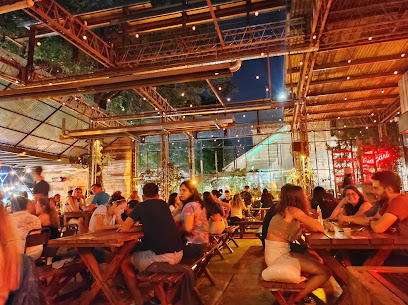
Birra House
Discover the energetic spirit of Mendoza at Birra House, a brewpub offering craft beers and live music in a vibrant atmosphere.
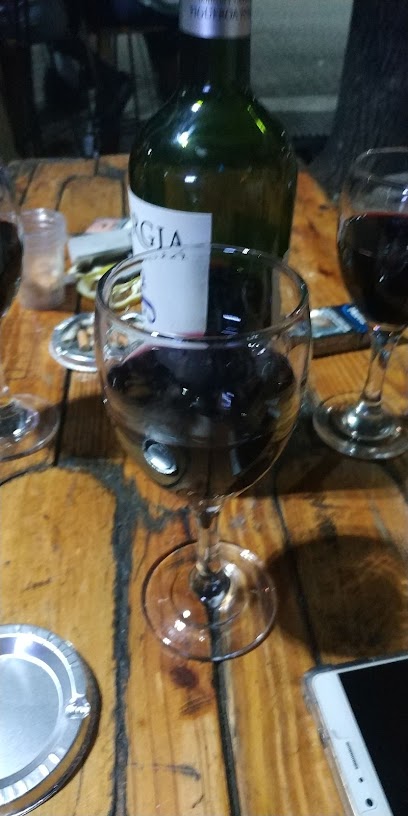
Liverpool Bar
Experience the vibrant nightlife of Mendoza at Liverpool Bar, where great drinks and a lively atmosphere await.

Gingger
Discover Gingger, a lively bar and grill in Mendoza, offering delicious food, refreshing drinks, and a vibrant atmosphere for tourists and locals alike.

Chirolas Bar
Discover the lively ambiance and delicious cocktails at Chirolas Bar, a perfect spot for tourists to enjoy Mendoza's vibrant nightlife.
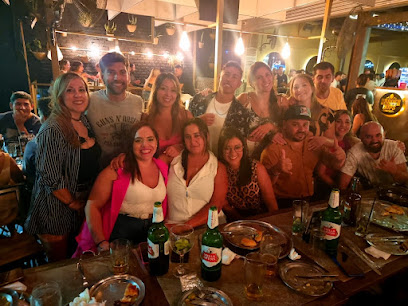
The Rabbit Lounge
Experience the vibrant atmosphere and exquisite flavors at The Rabbit Lounge, Mendoza's premier bar and grill for locals and tourists alike.
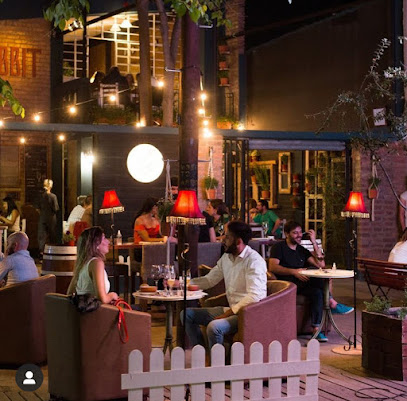
Luv Bar
Experience the thrill of Mendoza's nightlife at Luv Bar, where delicious grilled dishes meet vibrant dance beats.
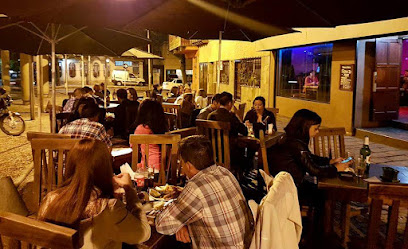
William Morris Bar
Discover the lively ambiance of William Morris Bar in Mendoza, where craft cocktails and local wines create unforgettable evenings.
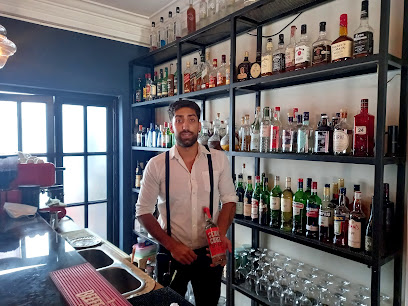
The Garnish Bar
Discover Mendoza's vibrant nightlife at The Garnish Bar with innovative cocktails and a stylish atmosphere perfect for socializing.
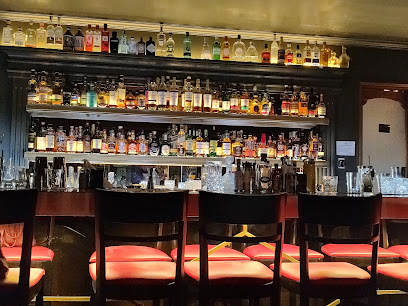
Tower Bar Piso 14
Experience unparalleled views and exquisite drinks in Mendoza's premier rooftop bar, Tower Bar Piso 14, a must-visit for every traveler.
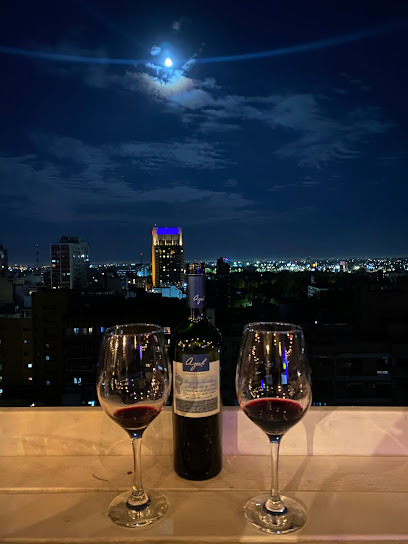
Beat Club Mendoza
Experience the rhythm of Mendoza at Beat Club, a lively bar offering unforgettable live music performances and a vibrant atmosphere.
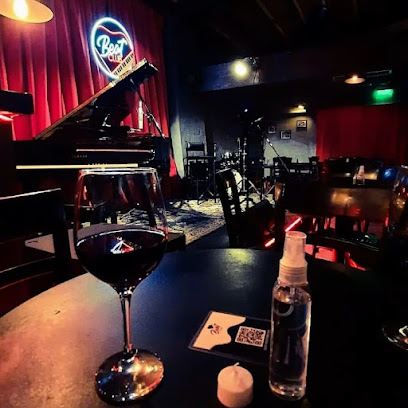
Local Phrases about Mendoza Wine Region
-
- HelloHola
[oh-lah] - GoodbyeAdiós
[ah-dee-ohs] - YesSí
[see] - NoNo
[noh] - Please/You're welcomePor favor/De nada
[por fah-vor/de nah-dah] - Thank youGracias
[grah-see-ahs] - Excuse me/SorryPerdón
[pair-dohn] - How are you?¿Cómo estás?
[koh-moh ehs-tahs] - Fine. And you?Bien. ¿Y tú?
[bee-ehn. ee too] - Do you speak English?¿Hablas inglés?
[ah-blahs een-glehs] - I don't understandNo entiendo
[noh ehn-tee-ehn-doh]
- HelloHola
-
- I'd like to see the menu, pleaseMe gustaría ver el menú, por favor
[meh goo-stah-ree-ah vehr ehl meh-noo, por fah-vor] - I don't eat meatNo como carne
[noh koh-moh kahr-neh] - Cheers!Salud!
[sah-lood] - I would like to pay, pleaseQuisiera pagar, por favor
[kee-see-eh-rah pah-gahr, por fah-vor]
- I'd like to see the menu, pleaseMe gustaría ver el menú, por favor
-
- Help!¡Ayuda!
[ah-yoo-dah] - Go away!¡Vete!
[veh-teh] - Call the Police!¡Llame a la policía!
[yah-meh ah lah poh-lee-see-ah] - Call a doctor!¡Llame a un médico!
[yah-meh ah oon meh-dee-koh] - I'm lostEstoy perdido
[ehs-toy pair-dee-doh] - I'm illEstoy enfermo
[ehs-toy ehn-fehr-moh]
- Help!¡Ayuda!
-
- I'd like to buy...Me gustaría comprar...
[meh goo-stah-ree-ah kohm-prahr...] - I'm just lookingSolo estoy mirando
[soh-loh ehs-toy mee-rahn-doh] - How much is it?¿Cuánto cuesta?
[kwan-toh kwehs-tah] - That's too expensiveEsto es demasiado caro
[ehs-toh ehs deh-mah-syah-doh kah-roh] - Can you lower the price?¿Puede bajar el precio?
[pweh-deh bah-hahr ehl pree-syoh]
- I'd like to buy...Me gustaría comprar...
-
- What time is it?¿Qué hora es?
[keh oh-rah ehs] - It's one o'clockEs la una
[ehs lah oo-nah] - Half past (10)Y media (10)
[ee meh-dee-ah (deez)] - MorningMañana
[mah-nyah-nah] - AfternoonTarde
[tahr-deh] - EveningNoche
[noh-cheh] - YesterdayAyer
[ah-yehr] - TodayHoy
[oy] - TomorrowMañana
[mah-nyah-nah] - 1Uno
[oo-noh] - 2Dos
[dohs] - 3Tres
[trehs] - 4Cuatro
[kwah-troh] - 5Cinco
[seen-koh] - 6Seis
[says] - 7Siete
[see-eh-teh] - 8Ocho
[oh-choh] - 9Nueve
[nweh-veh] - 10Diez
[dyehs]
- What time is it?¿Qué hora es?
-
- Where's a/the...?¿Dónde está...?
[dohn-deh ehs-tah] - What's the address?¿Cuál es la dirección?
[kwal ehs lah dee-rehk-syon] - Can you show me (on the map)?¿Puede mostrarme (en el mapa)?
[pweh-deh mohs-trar-meh (ehn ehl mah-pah)] - When's the next (bus)?¿Cuándo es el próximo (colectivo)?
[kwan-doh ehs ehl proh-ksy-moh (koh-lehk-tee-boh)] - A ticket (to ....)Un boleto (a ...)
[oon boh-leh-toh (ah ...)]
- Where's a/the...?¿Dónde está...?
History of Mendoza Wine Region
-
Mendoza was founded in 1561 by Spanish conquistador Pedro del Castillo. It was part of the wider colonization efforts of the Spanish Empire in South America. The city was strategically located along the route between Buenos Aires and Santiago, Chile, which contributed to its early growth and importance.
-
Viticulture in Mendoza began with the arrival of Spanish missionaries in the mid-16th century. They brought vine cuttings from Spain and planted them in the fertile valleys of the region. The first vineyards were established to produce sacramental wine, but it wasn't long before commercial wine production began to take hold.
-
The late 19th century saw a significant influx of European immigrants, particularly from Italy and Spain. These immigrants brought with them advanced winemaking techniques and a deep knowledge of viticulture. This period marked a turning point for Mendoza's wine industry, with vineyards expanding and quality improving significantly.
-
Although Malbec originated in France, it found its true home in Mendoza. In the mid-19th century, agronomist Michel Aimé Pouget introduced Malbec vines to the region. The grape thrived in Mendoza's unique climate and soil, becoming the flagship variety of Argentine wine. Today, Malbec from Mendoza is renowned worldwide for its quality and distinctive character.
-
In 1861, Mendoza was struck by a devastating earthquake, which caused widespread destruction and loss of life. The city was subsequently rebuilt with a new layout, incorporating wide streets and open plazas to better withstand future earthquakes. This reconstruction paved the way for modern urban planning in the region.
-
Throughout the 20th century, Mendoza's wine industry underwent significant modernization. Innovations in irrigation, winemaking technology, and a focus on quality over quantity allowed Mendoza wines to compete on the global stage. The establishment of regulatory bodies and appellations further helped to elevate the region's reputation.
-
In the late 20th and early 21st centuries, Mendoza saw a boom in wine tourism. The scenic beauty of the vineyards, coupled with the high quality of the wine, attracted visitors from around the world. The development of wine routes, luxury accommodations, and culinary experiences turned Mendoza into a premier destination for wine enthusiasts.
-
Mendoza's unique climate and terroir have been critical to its success as a wine region. The high altitude, abundant sunshine, and dry conditions create an ideal environment for grape growing. The Andes Mountains provide a natural irrigation system with meltwater, and the diverse soils contribute to the complex flavors of Mendoza wines.
Mendoza Wine Region Essentials
-
Mendoza Wine Region is accessible via El Plumerillo International Airport (MDZ), located approximately 8 kilometers from the city of Mendoza. Direct flights are available from major cities such as Buenos Aires, Santiago (Chile), and Lima (Peru). From the airport, you can take a taxi, ride-share service, or rent a car to reach your accommodation. Alternatively, long-distance buses connect Mendoza with various Argentine cities, including Buenos Aires, Córdoba, and San Juan.
-
Within the Mendoza Wine Region, you have several transportation options. Renting a car is a popular choice for exploring vineyards and scenic routes at your own pace. Taxis and ride-sharing services like Uber are available in urban areas. Public buses operate within Mendoza city and its suburbs, offering an affordable way to get around. For a unique experience, consider renting a bicycle to tour the wineries, many of which are located close to each other.
-
The official currency of Argentina is the Argentine Peso (ARS). Credit and debit cards are widely accepted in Mendoza city, especially in hotels, restaurants, and larger wineries. However, it is advisable to carry cash, particularly when visiting smaller establishments or rural areas. ATMs are readily available in urban centers, but be aware of potential fees and withdrawal limits. Currency exchange services can be found in the city, but ensure you use authorized exchange offices.
-
Mendoza Wine Region is generally safe for tourists, but it's important to stay vigilant. Avoid walking alone at night in unfamiliar areas and keep your belongings secure in crowded places. Areas such as Las Heras and Guaymallén have higher crime rates, so exercise caution if visiting these neighborhoods. Always use reputable taxi services or ride-sharing apps, and avoid displaying valuables.
-
In case of emergency, dial 911 for police, fire, or medical assistance. Major hospitals in Mendoza include Hospital Central and Hospital Lagomaggiore. It is advisable to have travel insurance that covers medical emergencies. Pharmacies are widely available in the city for minor health issues. The local tourist police, known as "Policía Turística," can assist with tourist-related concerns and are stationed in key areas.
-
Fashion: Do dress comfortably and casually, especially for vineyard tours. Avoid overly revealing clothing. Religion: Do respect local religious customs and traditions. Many wineries have chapels, so dress modestly when visiting these sites. Public Transport: Do be courteous and offer your seat to elderly passengers. Don't eat or drink on public buses. Greetings: Do greet people with a handshake or a kiss on the cheek, which is common in Argentina. Eating & Drinking: Do try local dishes and wines, and always accept food offerings graciously. Don't rush through meals; dining is a leisurely activity in Argentina.
-
To experience Mendoza Wine Region like a local, visit the Central Market in downtown Mendoza for fresh produce and traditional Argentine goods. Engage with locals at local cafés and bars, where you're likely to hear about the best hidden gems and upcoming events. Don't miss the annual Vendimia Festival celebrating the grape harvest, which features parades, music, and wine tastings. For a unique experience, participate in a wine-blending workshop at a local winery.
Trending Landmarks in Mendoza Wine Region
-
Park Hyatt Mendoza
-
Bodega Tierras Altas
-
Bodega La Rural - Museo del Vino San Felipe
-
Wine and Ride
-
Lamadrid Estate Wines
-
Bodega Ruca Malen
-
Trout and Wine Tours
-
Mendoza Holidays Wine Tours
-
Mendel Wines
-
Mendoza Wine Camp
-
Argentina Wine Tours
-
Mendoza Wine Experience
-
Uncorking Argentina Tours
-
SAK Wine & Travel - Adventure and Wine tours in Mendoza
-
Doña Paula
Nearby Cities to Mendoza Wine Region
-
Things To Do in San Juan
-
Things To Do in Santiago
-
Things To Do in San Rafael
-
Things To Do in Rancagua
-
Things To Do in Viña del Mar
-
Things To Do in Valparaíso
-
Things To Do in Curicó
-
Things To Do in Coquimbo
-
Things To Do in La Serena
-
Things To Do in Córdoba
-
Things To Do in Concepción
-
Things To Do in Temuco
-
Things To Do in Rosario
-
Things To Do in San Miguel de Tucumán
-
Things To Do in Pucon

